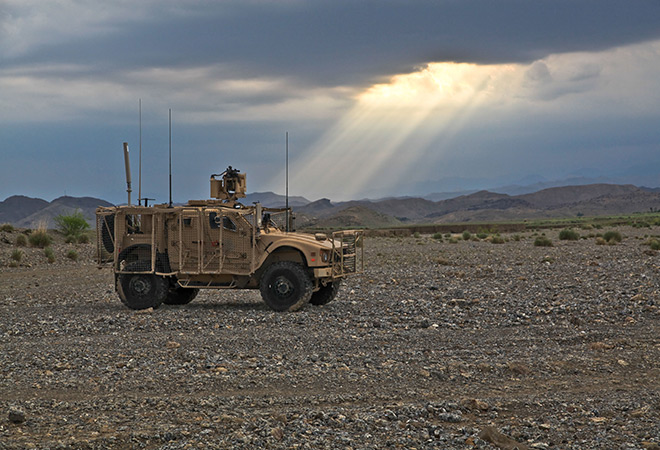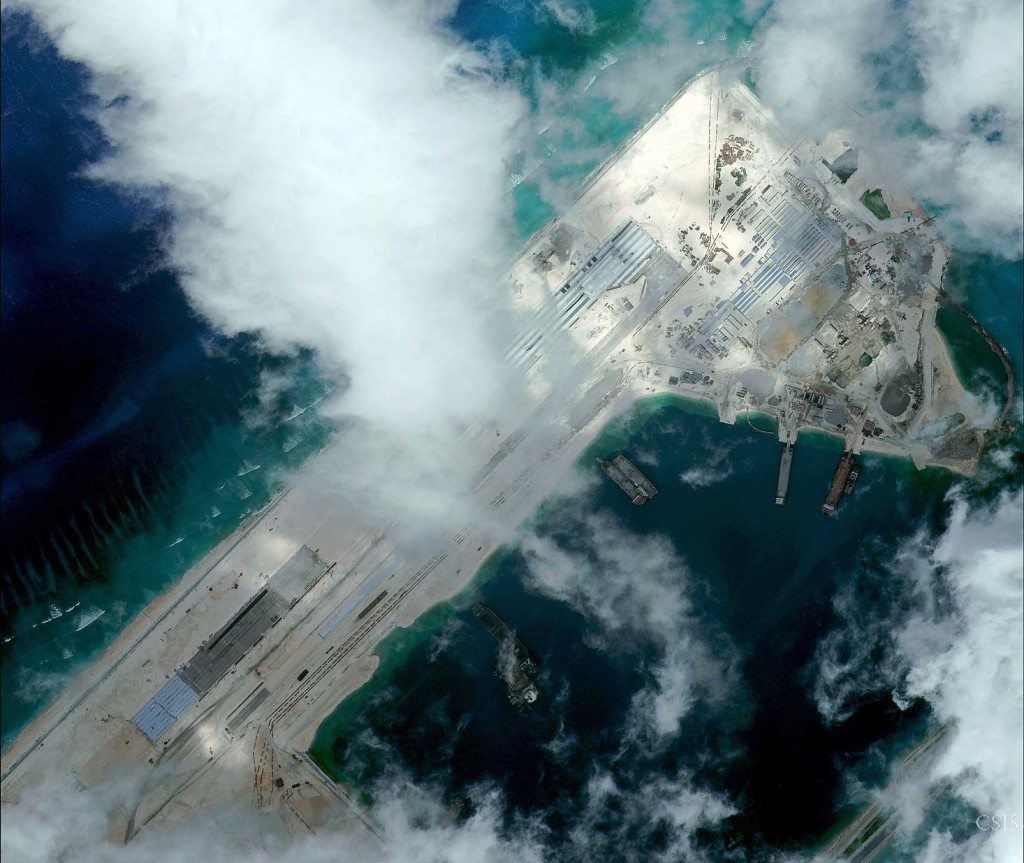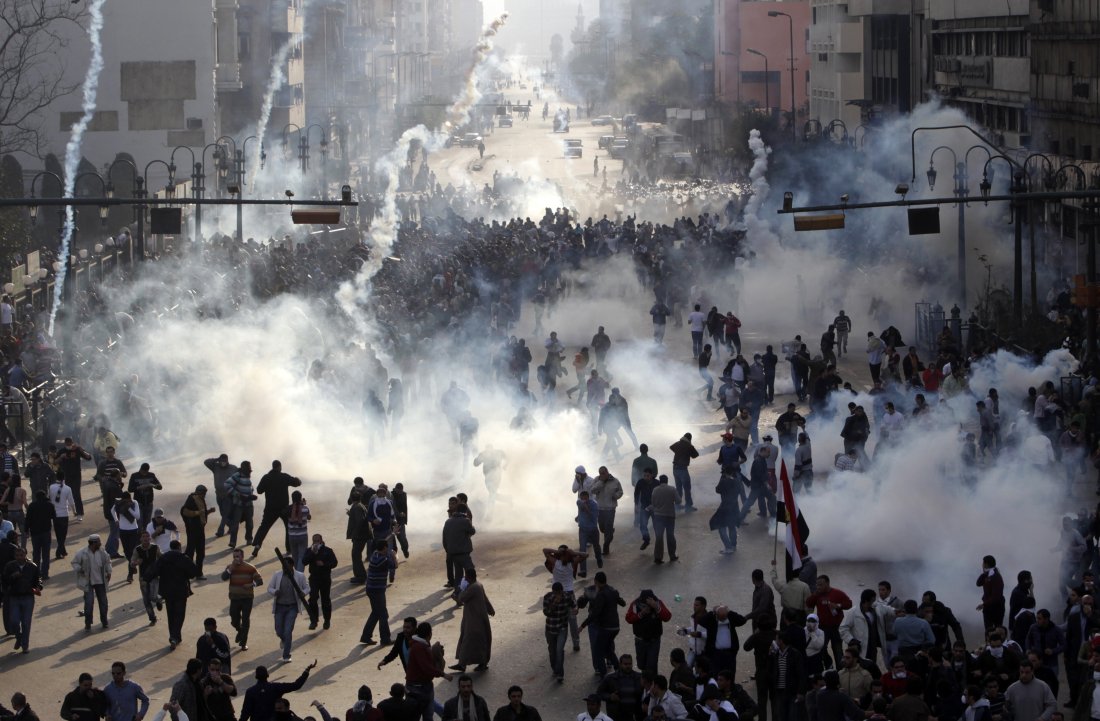KASHISH PARPIANI
 For the second time, US Special Envoy for Afghanistan Zalmay Khalilzad met Taliban officials in Doha on 14 November to discuss the issue of ending the war in Afghanistan. Taliban deemed the meeting as mere “preliminary talks” during which “no agreement was reached on any issue.”
For the second time, US Special Envoy for Afghanistan Zalmay Khalilzad met Taliban officials in Doha on 14 November to discuss the issue of ending the war in Afghanistan. Taliban deemed the meeting as mere “preliminary talks” during which “no agreement was reached on any issue.”
Earlier this month, the Special Inspector General for Afghan Reconstruction (SIGAR) had submitted its quarterly report to the US Congress. Painting a grim picture, the report stated, “The Taliban now controls more territory than at any time since 2001.” Recently, the Chairman of the Joint Chiefs Gen. Joseph Dunford even went on to say that the Taliban are “not losing right now… we used the term stalemate a year ago and, relatively speaking, it has not changed much.”

/arc-anglerfish-arc2-prod-mco.s3.amazonaws.com/public/VRVJVWEMIFHE5H2YETCBVSTICY.jpg)








/arc-anglerfish-arc2-prod-mco.s3.amazonaws.com/public/ZUJEAHVYBZFSLFMA64E26BFGVM.jpg)
/arc-anglerfish-arc2-prod-mco.s3.amazonaws.com/public/3YX2AC36KFF2DNYJ75627DP4QI.jpg)
/arc-anglerfish-arc2-prod-mco.s3.amazonaws.com/public/VFOSZ3UU2NHJFFEDWFMK5THDRI.jpg)
